Name of city’s first chief fire officer is immortalised in newest landmark
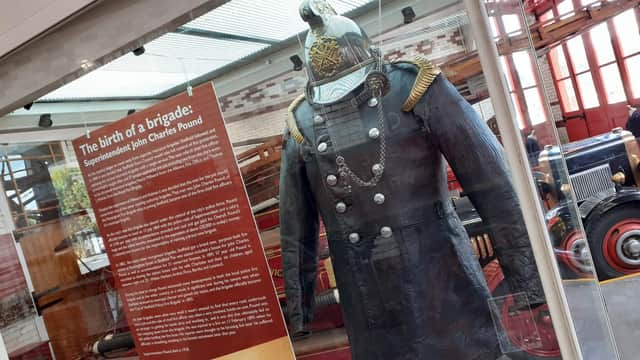

What will be revealed when the work is completed is a new city centre park; part of the ongoing Heart of the City project that is transforming the city centre.
Its name - ‘Pound’s Park’ - is an homage to the city’s first ever chief fire officer, John Charles Pound. But how many people know the story of the man whose name will be immortalised by Sheffield’s newest landmark?
Advertisement
Hide AdAdvertisement
Hide AdBefore he arrived in Sheffield in 1869, at the age of 35, Pound had enjoyed an adventurous career in the Royal Navy, serving during the Crimean War and taking part in the bombardment of Sebastopol.


By 1857 he was serving with the London Fire Establishment under probably the most famous firefighter of his day, James Braidwood.
He was present at the massive Tooley Street fire in 1861, standing just yards away from where his boss and mentor was tragically killed.
In 1869 Pound secured the highly-sought after job as chief of Sheffield’s very first municipal fire brigade.
Advertisement
Hide AdAdvertisement
Hide AdHe officially took up the role on 15 July with the police rank of Superintendent (at the time, the fire service was part of the police force) and just 15 police constables under his command.
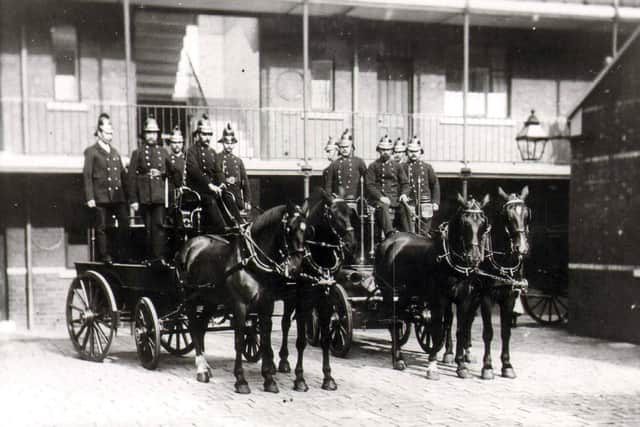

Pound’s first ‘shout’ as chief, at a cabinet case maker in Arundel Street, didn’t go particularly smoothly; the brigade had to wait 15 minutes for someone from the corporation to turn the water supply on.
The lack of water was not the only difficulty he faced. The fire station, close to where the Crucible Theatre now stands, had no accommodation so his crew had to find lodging wherever they could - and it wasn’t always close by.
Later Pound recalled the difficulty he had rounding up his men, saying “in the daytime I had to pick up any constable I could find”.
Advertisement
Hide AdAdvertisement
Hide AdIt wasn’t just men that struggled to get to incidents in time. The brigade’s horses were stabled so far from the station that crews would often haul the heavy pumps by hand rather than wait for horses to arrive.
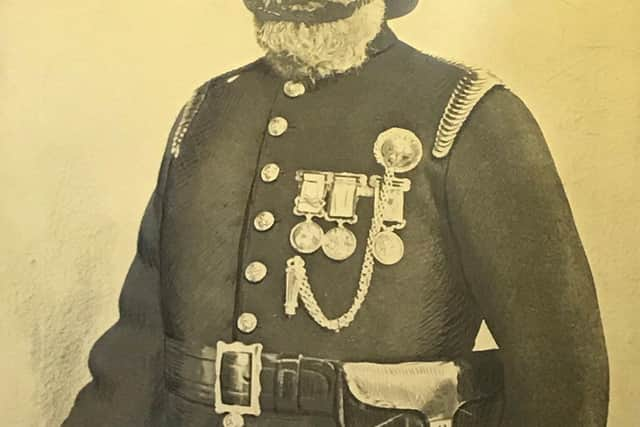

But Pound’s influence, and the growing importance of the brigade to the city, was starting to tell.
In 1870 accommodation was provided for crews closer to the station and a ‘turncock’ was employed to operate the water supply.
Better stabling was provided for horses and, in 1883, the brigade moved into its first purpose-built station at Rockingham Street.
Advertisement
Hide AdAdvertisement
Hide AdWith the new station came room for additional equipment and engines, accommodation for unmarried firemen and a house for Pound and his family.
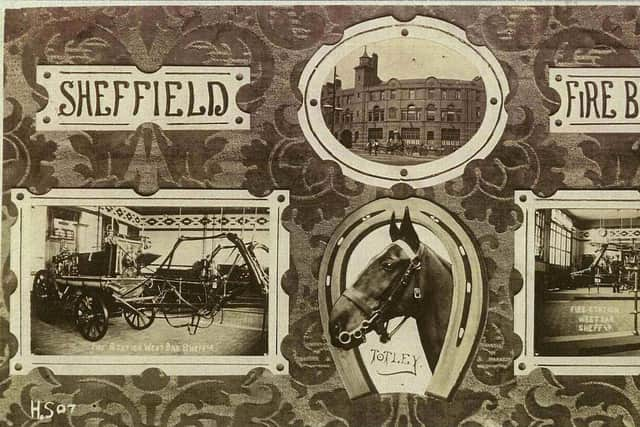

As brigades were often very small it wasn’t unusual to find that every rank undertook every job.
Pound was no stranger to mucking in and had several ‘near misses’ during his career. During one incident in 1871, he and a member of his crew were trapped under a falling roof.
They escaped, although Pound suffered a severe cut to his arm.
Advertisement
Hide AdAdvertisement
Hide AdIt was Pound’s willingness to face danger alongside his men that ultimately led to him stepping down from the brigade.
Attending a fire on 11 February 1895 the superintendent took charge of the hose and, while directing the jet of water towards the flames, a huge surge in water pressure threw him to the ground.
At first it was thought his injuries would keep him off active service for a week. Sadly the damage was permanent and the superintendent was forced to retire later that year.
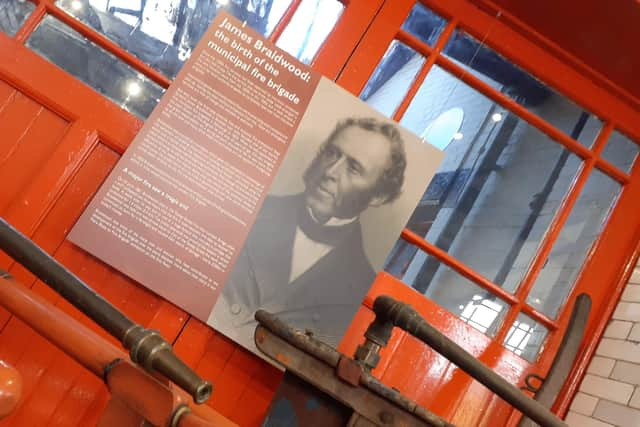

By the time of his retirement Pound had been Sheffield’s superintendent for 26 years and had turned a new and disorganised service into an efficient and well-trained force.
Advertisement
Hide AdAdvertisement
Hide AdAlthough his successor, Superintendent William Frost, would go on to head up ever more innovative developments – including the creation of the station that is now home to the National Emergency Services Museum (NESM) - Pound had made an indelible mark on the city.
That he was remembered with affection is clear. When he died in 1918, aged 85, his body was carried on a horse-drawn fire tender with a guard of honour made up of firemen.
He is remembered at NESM, where his story forms part of an exhibition celebrating the development of the fire service during the 19th and 20th centuries. And soon Pound’s Park will make his name known to a new generation of Sheffielders.